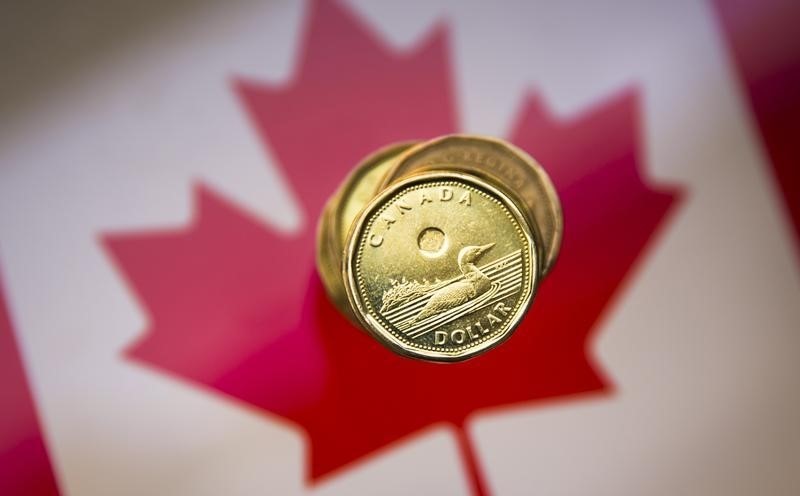Investing.com - The U.S. dollar eased from seven-month highs against its Canadian counterpart on Thursday as a recovery in oil prices bolstered the commodity linked Canadian currency.
USD/CAD slid 0.19% to 1.3356, off an intra-day high of 1.3393. On Monday the pair hit highs of 1.3397, the most since March 16.
Oil prices recovered to trade slightly above $50 a barrel on Thursday as an unexpected decline in U.S. crude inventories offset concerns over whether OPEC will be able to implement a production cut.
Oil is one of Canada’s main exports.
The loonie, as the Canadian dollar is also known, remained on the back foot after the Bank of Canada acknowledged that it discussed the possibility of cutting interest rates at its policy meeting last week.
In the U.S., data on Thursday showed that orders for long lasting manufactured goods fell slightly in September.
Total durable goods orders, which include transportation items, dropped 0.1% last month, the Commerce Department said.
But excluding defense spending, durable goods orders rose by 0.7%.
Core capital goods orders, viewed as a key measure of business investment slumped 1.2% last month, the largest drop since February and were down 4.1% on a yearly basis.
A separate report showed that the number of Americans filing for unemployment benefits fell by 3,000 to 258,000 last week, pointing to sustained labor market strength and firming economic growth.
The reports came as investors were turning their attention to Friday’s data on U.S. third quarter growth, which is expected to show a significant rebound from the second quarter.
The U.S. dollar index, which measures the greenback’s strength against a trade-weighted basket of six major currencies, was at 98.62, holding below Tuesday’s nine-month peak of 99.09.
The index has rallied 3.4% so far this month as hawkish remarks by Fed officials in recent weeks cemented expectations for a December rate hike.
Investors are currently pricing in a 72% chance of a rate hike at the Fed's December meeting; according to federal funds futures tracked by Investing.com's Fed Rate Monitor Tool.
Expectations for higher interest rates typically boost the dollar by making the currency more attractive to yield-seeking investors.
